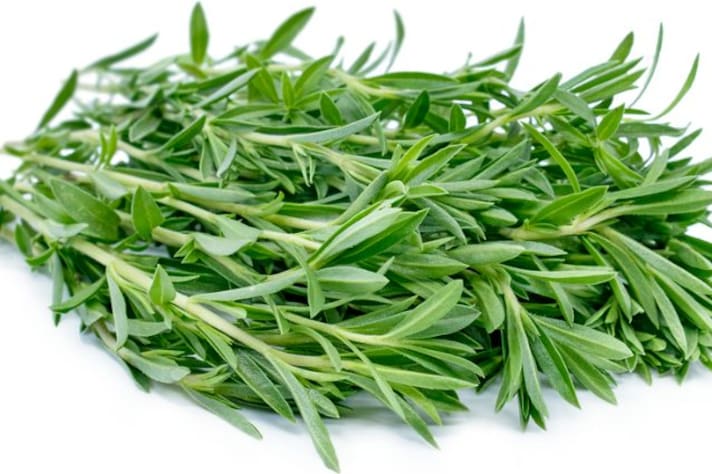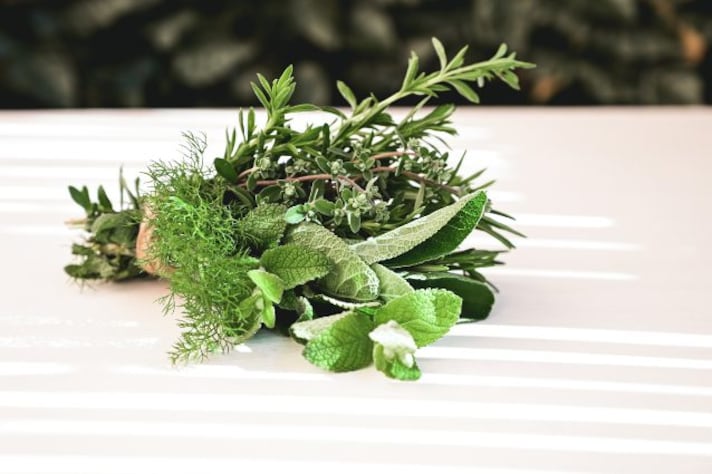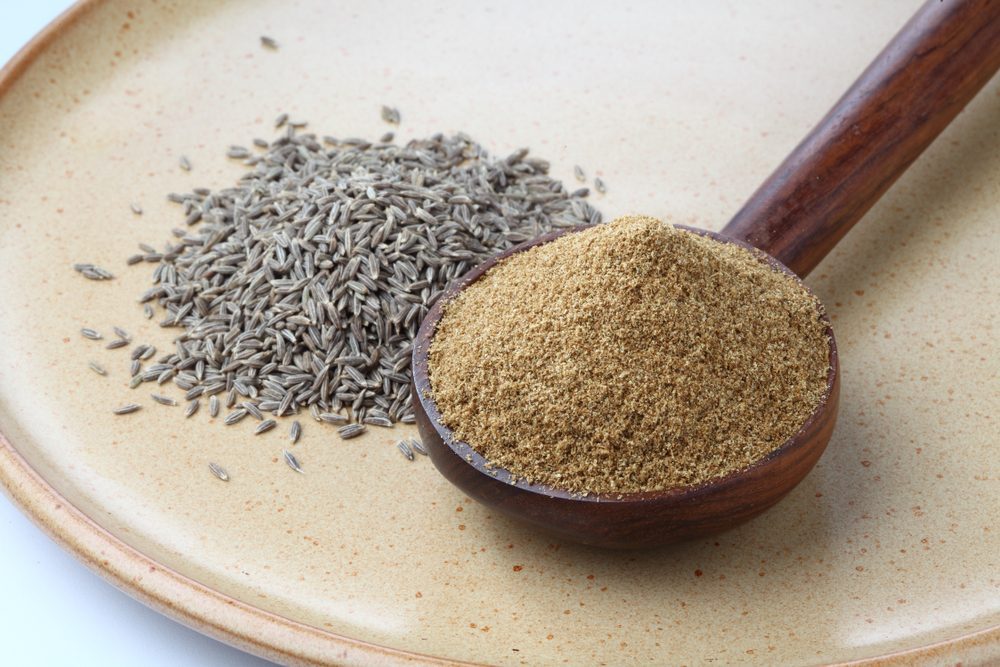What is Savory Spice And What Can You Use it For?
Savory spice is an herb from the Mediterranean with a rich history, used since ancient Roman times. There are two types: summer savory, which has a mild, peppery flavor, and winter savory, with a stronger, earthy taste. Savory spice enhances a variety of dishes, from meats to vegetables.

When we hear the word "savory," it’s easy to conjure up images of something that’s the polar opposite of sweet—think of dishes with a strong, bold flavor that stands apart from sugary treats. But what happens when you’re reading a recipe, and it calls for "savory spice"? Your mind might start to wander: Do they mean any spice that isn’t sweet? The answer, surprisingly, is no! Not many people realize that "savory" is actually the name of a specific spice. Never heard of it? Don’t worry, we’re here to spice up your knowledge!
What is Savory Spice?
Savory spice, often overlooked in the modern spice rack, has a rich history and an equally rich flavor profile. Originating from the Mediterranean region, savory is an herb that has been used for thousands of years, dating back to ancient Rome. The Romans prized savory for its robust flavor and often used it as a go-to seasoning, particularly for meats and beans. Savory was also believed to have medicinal properties, with uses ranging from aiding digestion to serving as an aphrodisiac.
There are two main types of savory: summer savory (Satureja hortensis) and winter savory (Satureja montana). Summer savory is more delicate, with a lighter, peppery flavor, while winter savory is stronger, with a slightly bitter, earthy taste. Both types are often simply referred to as "savory," and they’ve been staples in European cooking for centuries. Their botanical name, Satureja, hints at their long-standing culinary and medicinal uses, even though these herbs aren’t as well-known today as they once were.

The Flavor of Savory
The taste of savory spice is as intriguing as its history. Summer savory has a mild, peppery flavor, somewhat reminiscent of thyme, with a touch of mint and a hint of spiciness. It’s this complexity that made it a favorite in ancient Roman kitchens. Winter savory, on the other hand, has a more assertive, earthy taste, with a slight bitterness that pairs well with heartier dishes.
Over time, the word "savory" came to represent the entire category of flavors that are not sweet, largely because of how this herb was used to enhance and balance the taste of many dishes. The evolution of the term reflects its role in the culinary world, where savory herbs like this one have been key in creating dishes that are rich, flavorful, and satisfying—essentially, the very definition of savory!
How to Use Savory Spice in the Kitchen
In cooking, savory spice is a versatile ingredient that adds depth and complexity to a wide range of dishes. Summer savory is commonly used in lighter dishes, such as poultry, fish, and vegetable dishes, where its gentle flavor can shine without overpowering other ingredients. It’s also a traditional component of herbes de Provence, a classic French herb blend.

Winter savory, with its stronger flavor, is better suited to robust dishes like stews, sausages, and meat marinades. It can stand up to long cooking times, making it perfect for slow-cooked meals that benefit from a deeper, more pronounced herbal note. Both varieties of savory spice are also excellent when used to season beans and legumes, a practice that dates back to ancient times when savory was thought to reduce the flatulence caused by these foods.
How to Substitute Savory Spice
If you find yourself without savory spice, don’t panic—there are a few substitutes that can mimic its flavor, though none will be an exact match. Thyme is often the go-to substitute, as it shares a similar peppery-mint flavor profile, especially for summer savory. Marjoram and sage can also work, depending on the dish, though they bring their own unique flavors to the table.
For winter savory, thyme or a blend of rosemary and sage can replicate some of the more robust, earthy notes. If you’re substituting in a recipe that calls for savory spice, start with a smaller amount of the substitute and adjust to taste, as these herbs can sometimes be more potent.
;Resize,width=767;)


;Resize,width=712;)
